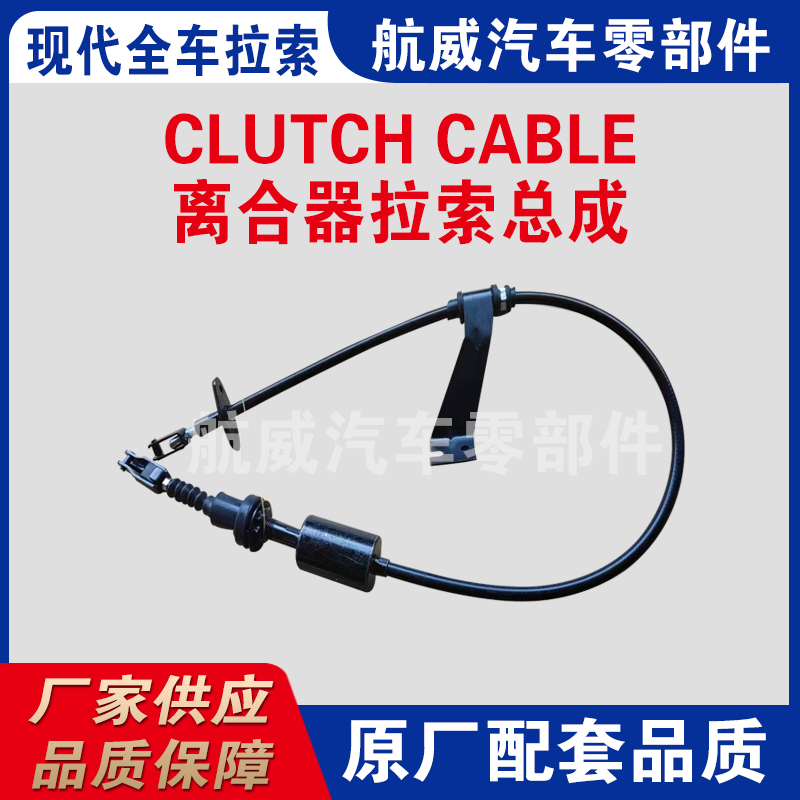Understanding the Functionality and Importance of Slave Cylinder in Hydraulic Systems
Understanding the Slave Cylinder Line Its Importance and Functionality in Automotive Systems
The slave cylinder line plays a vital role in the hydraulic systems used for actuating clutches and brakes in vehicles. It is a key component of a hydraulic clutch system, which enhances the ease and precision of a vehicle's operation. This article delves into the construction, functionality, and significance of the slave cylinder line and its impact on vehicle performance.
At its core, the slave cylinder line is part of a hydraulic mechanism that assists in transferring force from the driver’s foot to the clutch or brakes. In a hydraulic clutch system, the driver applies force to the clutch pedal, which in turn moves a master cylinder. This movement creates hydraulic pressure in the fluid-filled system. The pressure travels through the slave cylinder line to the slave cylinder, which ultimately engages or disengages the clutch. The precise transfer of force facilitated by this line allows for smooth gear transitions and improves overall driving experience.
The construction of the slave cylinder line is typically designed to withstand high pressure and extreme temperatures. It is made from durable materials such as reinforced rubber or stainless steel, ensuring reliability and longevity in various driving conditions. Proper installation and maintenance of the slave cylinder line are crucial, as any leaks or damages can severely impact vehicle performance. A malfunctioning slave cylinder line can lead to issues such as difficulty in shifting gears, unresponsive clutches, or even brake failure.
slave cylinder line

The significance of the slave cylinder line extends beyond mere functionality; it also enhances safety and efficiency. A well-functioning hydraulic system ensures that the vehicle’s clutch and brakes respond promptly to the driver’s commands. This responsiveness is especially crucial in emergency situations where every second counts. For instance, if the slave cylinder line is compromised, the driver may experience a delayed engagement or disengagement of the clutch, potentially leading to hazardous driving conditions and accidents.
Moreover, advancements in automotive technology have led to improved designs and materials for slave cylinder lines. Modern vehicles often incorporate features such as automatic bleed systems in their hydraulic circuits, which help maintain optimal fluid levels and remove air pockets that can hinder performance. These innovations not only enhance the effectiveness of the slave cylinder line but also contribute to overall vehicle reliability.
In summary, the slave cylinder line is an integral component of hydraulic clutch and brake systems in modern vehicles. Its ability to transfer hydraulic pressure efficiently ensures that drivers have precise control over their vehicles, promoting both safety and performance. Regular inspection and maintenance of the slave cylinder line, along with an understanding of its function, are essential for any vehicle owner. By appreciating the critical role this component plays, drivers can ensure a smoother and safer driving experience, ultimately enhancing their enjoyment and confidence on the road.
-
Upgrade Your Control with Premium Throttle CablesNewsAug.08,2025
-
Stay in Control with Premium Hand Brake CablesNewsAug.08,2025
-
Experience Unmatched Performance with Our Clutch HosesNewsAug.08,2025
-
Ensure Safety and Reliability with Premium Handbrake CablesNewsAug.08,2025
-
Enhance Your Vehicle with High-Performance Clutch LinesNewsAug.08,2025
-
Elevate Your Ride with Premium Gear CablesNewsAug.08,2025
